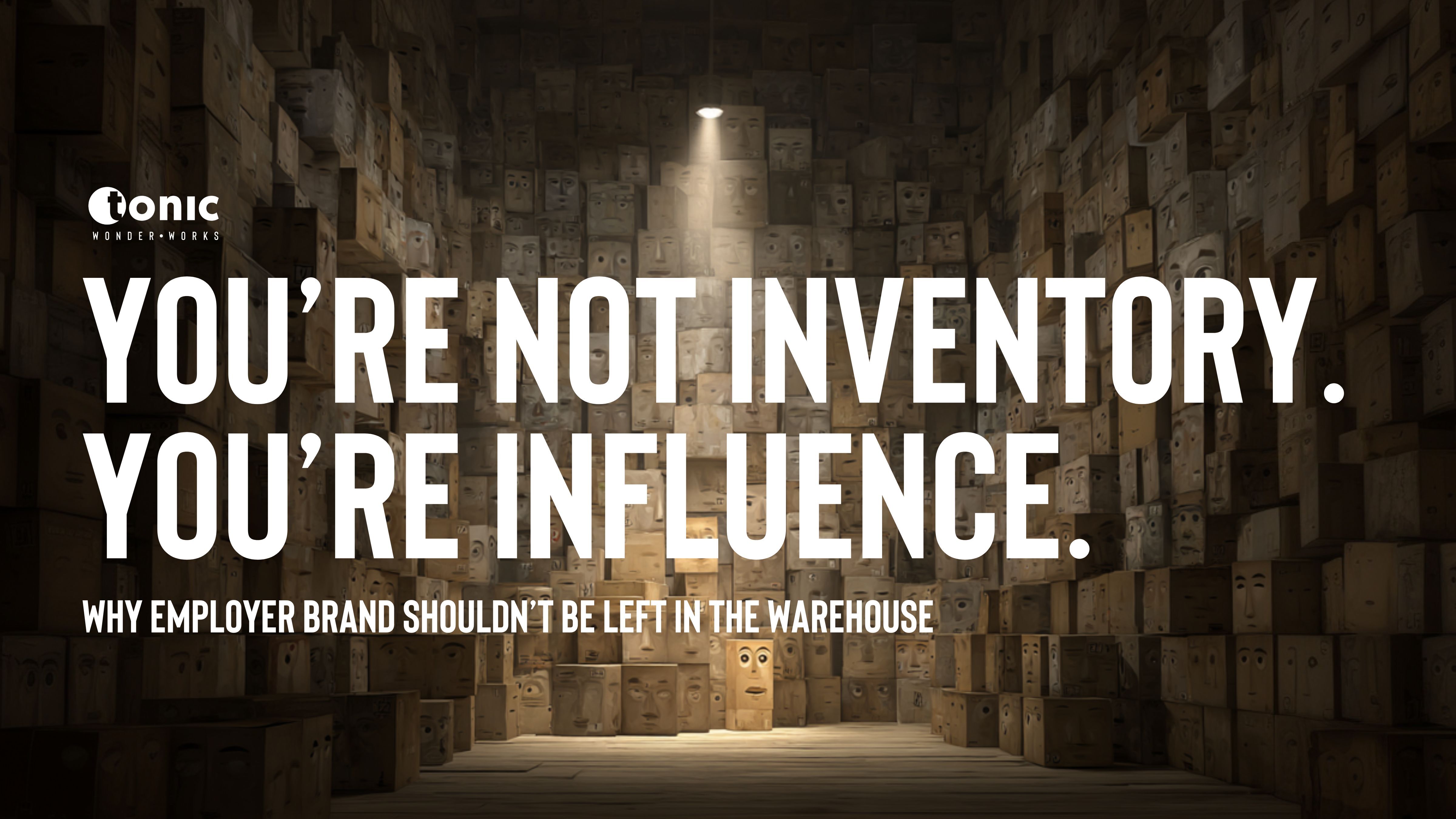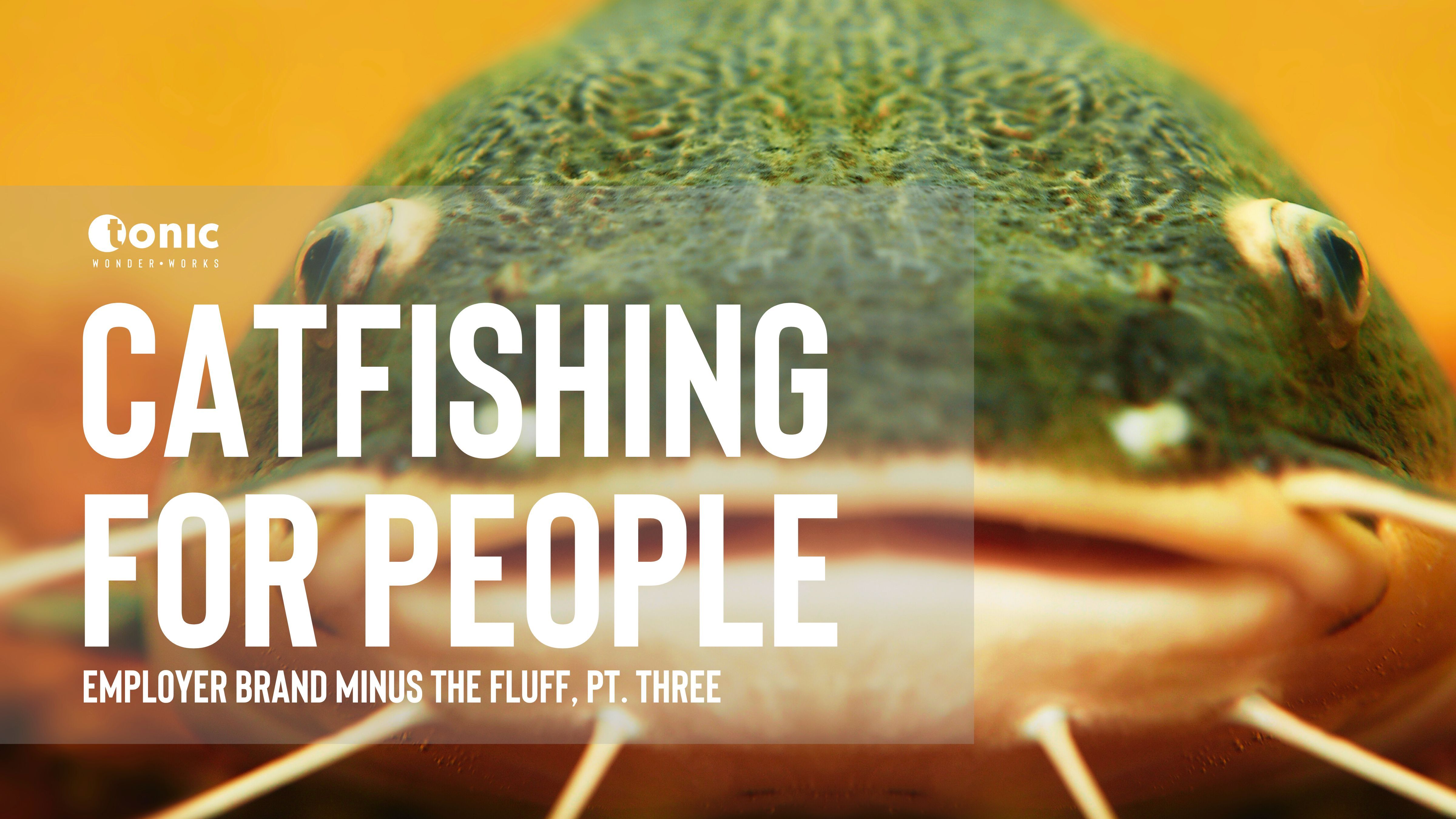Matt Charney has written something rather brilliant, and vaguely terrifying.
He argues, quite persuasively, that recruitment is essentially a logistics function. Less a noble people calling, more a matter of getting boxes from A to B, preferably on time and with the right barcodes.
Candidates, in this world, aren’t people. They’re not even “talent.” They’re inventory.
“No CEO is losing sleep over your candidate NPS. But they will absolutely freak out if your ‘inventory’ doesn’t show up on time and in spec.”
– Matt Charney
And oddly, he’s not wrong.
There’s a kind of Kafkaesque logic at work in modern recruitment: efficiency trumps everything. Track, optimise, reduce friction. It’s all very Amazon. But here’s the rub: if you treat people like products, don’t be surprised when your employer brand starts sounding like a shipping label.
Recruitment Might be a Supply Chain. Employer Brand Is Not.
Now, recruitment may be operational. It may be becoming more so. No problem with that. But employer brand? That’s psychological.
You see, the mistake is on the other side of the recruitment equation. Assuming people apply for jobs the same way they order printer ink. But they don’t. Humans are not rational agents operating with perfect information and no emotion. They are gloriously irrational, status-sensitive, narrative-hungry creatures.
In fact, the better the brand, the less rational people need to be. Think of it as pricing power for attention. Employer brand gives you a premium in the market for talent, before anyone talks salary or specs.
Try running an A/B test to prove that.
If You’re Optimising the Wrong Thing, You’re Still Wrong
Charney’s quote about CEOs not losing sleep over candidate experience is telling. It reflects a fundamental truth of business: we overvalue what’s easy to measure, and undervalue what actually matters.
Candidate NPS may be fluffy. But so is “brand love,” and that hasn’t stopped Apple.
Here’s the real problem: when employer brand is evaluated through a recruiter’s dashboard, it gets reduced to click-through rates and conversion funnels. That’s like judging the value of a dinner party by how efficiently the wine was poured. Technically useful. Culturally tragic.
This Is a Misunderstanding of Context, Not Capability
Just because TA is treated like supply chain doesn’t mean it should be. And it certainly doesn’t mean employer brand should follow it into the warehouse.
Employer branding isn’t part of the recruitment process. It precedes it. It’s not about filling jobs. It’s about creating desire. It’s the difference between being wanted and being available. You don’t A/B test charisma. You don’t ROI your way to being interesting.
There’s a Hidden Cost to Rationality
In our team conversations, quite often we often talk about behavioural economics, we talk about signalling. Brand is a signal. It says, “People like me, work here, and I might like it too.” It creates trust in the absence of perfect information. It allows people to make decisions they feel good about, even if they can’t quite explain why.
And guess what? That emotional shortcut reduces friction. Not with dashboards or processes. With stories. Symbols. Social proof. All the irrational bits that make a company seem worth it.
Strip those away and, yes, you’ll still get applications. But you’ll lose the ones who had a choice.
Don’t Mistake Movement for Meaning
So let’s not throw Matt out with the bathwater. His provocation is useful. But the danger isn’t that he’s wrong, it’s that we’ll agree with him uncritically and start designing our functions to serve the machine, rather than shape the market.
TA may be under pressure to act like inventory control. Fine. But employer brand must resist. It is not logistics. It is leverage.
Curious about how influence beats inventory every time?
Tonic helps you influence the people your business needs now and in the future, not just the ones who are looking when you happen to pop an ad out. If you’re interested in how we think, let’s have a proper conversation.





